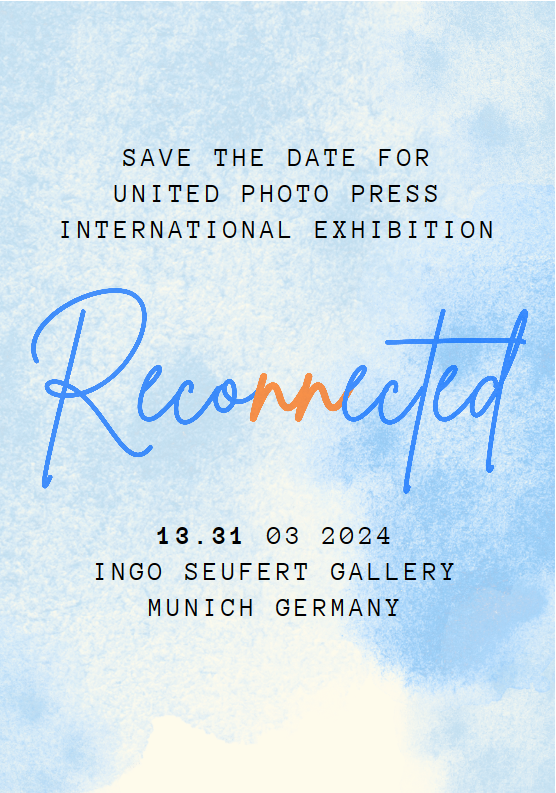Years and years ago, there were film photographers who loved taking their lenses and cameras into labs and testing the results with charts and such. For the most part, that still happens with digital.
But modern analog and film photography has evolved. Lots of people are turned off by it, but also lots of people are incredibly attracted to it for its freedom of expression and the amount of raw talent that goes into creating a photo in-camera without Photoshopping or Lightroom work.
Sure, lots of the same things done in Lightroom can be done in the darkroom, but that’s just when you’re printing. Instead, modern analog is more about the art: and a million times better than modern digital.
Before I go on, this isn’t a battle of digital vs film, digital vs analog, etc.
There is No Meaningless Bickering over Kodak vs Fujifilm, Ilford vs Agfa, Canon vs Nikon: Everyone is Too Busy Taking Photos
Photographers who shoot with film often know there are ways to make their film photos look the same way that others do. Sure, photographers ask whether you’re shooting Kodak Tri-X, Fujifilm Acros, or Ilford Delta; but they don’t sit there and become incredibly angered over it. You don’t find people in forums super angry that someone is dissing Kodak Tri-X because we and the entire world already know it’s capable of delivering beautiful images. We know the same thing about Delta and Acros because for years photographers have created captivating work with the emulsions.
Quite frankly, we don’t care.
Anyone that talks about one emulsion vs the other doesn’t sit there angered about it. Instead we sit there championing one another because film sales are down. We also learn to appreciate what we can all do with each different film emulsion.
What’s more: there’s specific things that each film does in different situations that are more token and trademarked to each. Film has character, where as most digital photography is rather soulless in similar situations.
There’s a Lot More Stability
Digital photography is a world where everyone is trying to out-muster one another with their cool new features, cool new sensors, and nothing more than numbers because numbers are much easier for people to understand than actual art, unfortunately.
At big trade events, I often feel like digital photography is nothing more than a bunch of company reps gathering in one spot to drop their drawers and compare sizes. Then journalists sit there and talk about each size. And every quarter of a year, each company tries to outdo one another with something bigger. It becomes monotonous.
With analog, there’s stability. You’ve got a camera, lenses, you put some film in it, and you shoot. It’s about a personal experience that keeps you in tune with a scene or subject vs shooting, chimping, shooting again, chimping, etc. As you’re starting out, you probably need that; but after a while you start to realize just how pedantic it gets.
Modern Analog and Film Photography is More About the Art
Put an image into a forum, and chances are that the first thing someone will try to do is pixel peep it and judge the sharpness. But that mostly happens with digital. If you do this with film, you’re kind of laughed at. With film, it’s nice to appreciate the sharpness of a lens or film let alone a good scan, but it’s also much more important to judge the actual photo. We learn how to judge tones and understand the fact that, for the entire time during the shoot, the photographer was in the zone. They tried their very best to get the greatest photo that they possibly can knowing and understanding the pressure put on them by the limitations of film.
Can you do this with digital? Yes. Do most people do it with digital? No. Can you do it to the same level and degree that you will with film? I don’t believe so. With film there is a lot more pressure not to waste anything.
Printing and Developing Are the Only Majorly Scientific and Numbers Associated Parts. Photography Isn’t a Numbers Game, It’s an Art
One of the ways digital photography became so popular is that people who seriously just like numbers and stats decided to get into photography. That’s how marketing and testing became apparent. It became a whole lot less about the art of a photo.
Photography itself though needs to be more about a moment and a creation; and a whole lot less about engineering. There needs to be a bigger emphasis on it as an art form with photographers actually creating moments vs simply going about their lives capturing them.
Is there anything wrong with capturing? No. But it gets the general public misconstrued as to what photographers who create scenes are actually capable of.














